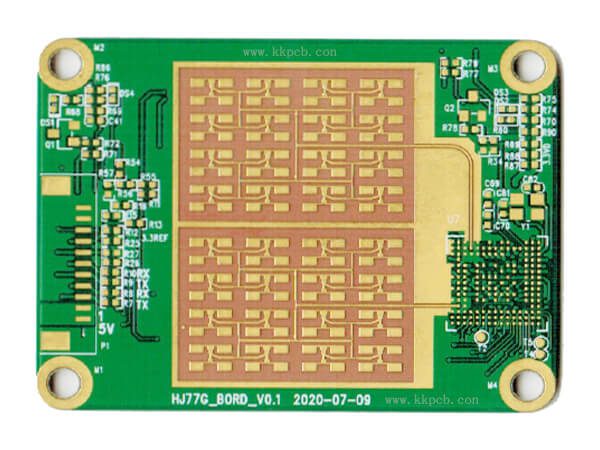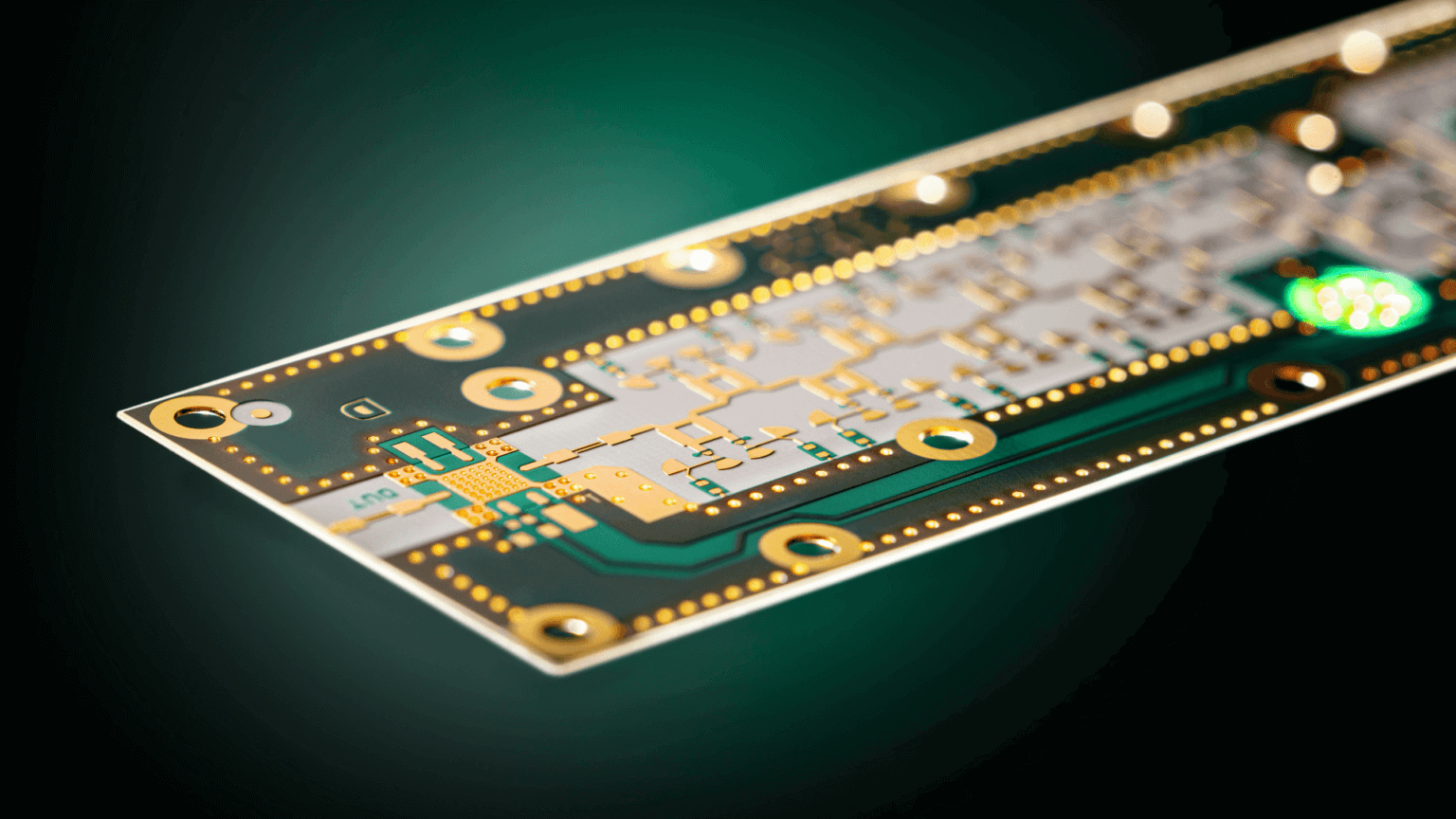High-frequency PCB design requires special considerations to ensure optimal performance of the board. These include rules that consider material selection, stackup, routing, and impedance control. By following these guidelines and taking the necessary steps, designers can create a high-frequency board that produces reliable results.
PCB is also known as printed circuit board, which can realize the line connection and function realization between electronic components, and is also an important part of power circuit design. Today, we will introduce the high-frequency PCB circuit wiring skills in PCB design.
With the continuous development of science and technology, the functional requirements of electronic devices are also constantly increasing. In order to meet this demand, HDI (High Density Interconnect) circuit boards came into being. HDI circuit boards have attracted much attention for their high density, high performance and high reliability, and have become an important bridge connecting future technologies.
In today’s fast-developing electronic age, PCB printed circuit boards are the heart of electronic products, and their design and manufacturing technologies are constantly improving, especially in the field of high-frequency circuits. High-frequency circuit design is not only related to the performance stability of the product, but also directly affects signal integrity and electromagnetic compatibility (EMC).
With the increase in signal transmission speed and the widespread application of high-frequency circuits, circuit board impedance control has become a key factor in ensuring signal integrity, reducing signal interference, and improving system stability
High-frequency circuit boards refer to special circuit boards with higher electromagnetic frequencies, and are one of the most difficult boards
In modern electronic equipment, high-frequency PCB boards are widely used and are also an indispensable part of many high-frequency devices. Most of them are used in applications with relatively strict requirements for high-frequency PCB boards .
High-frequency PCB circuit boards are circuit boards specially designed for transmitting high-frequency signals. They have special design and manufacturing requirements to ensure good signal transmission performance and the lowest possible signal attenuation in the high-frequency range
High-frequency circuit boards refer to special PCB circuit boards with higher electromagnetic frequencies. They are used in high-frequency (frequency greater than 300MHZ or wavelength less than 1 meter) and microwave (frequency greater than 3GHZ or wavelength less than 0.1 meter) fields. They are produced on microwave substrate copper-clad boards using some processes of ordinary rigid circuit board manufacturing methods or using special processing methods. Generally speaking, high-frequency boards can be defined as circuit boards with frequencies above 1GHz.
Radio frequency (RF) and microwave (MW) circuits can be found in countless wireless products, from handheld devices used in medical and industrial applications to advanced communications systems used in base stations, radar and global positioning. The success of these high-speed products begins during the product design phase when selecting PCB laminate materials

















